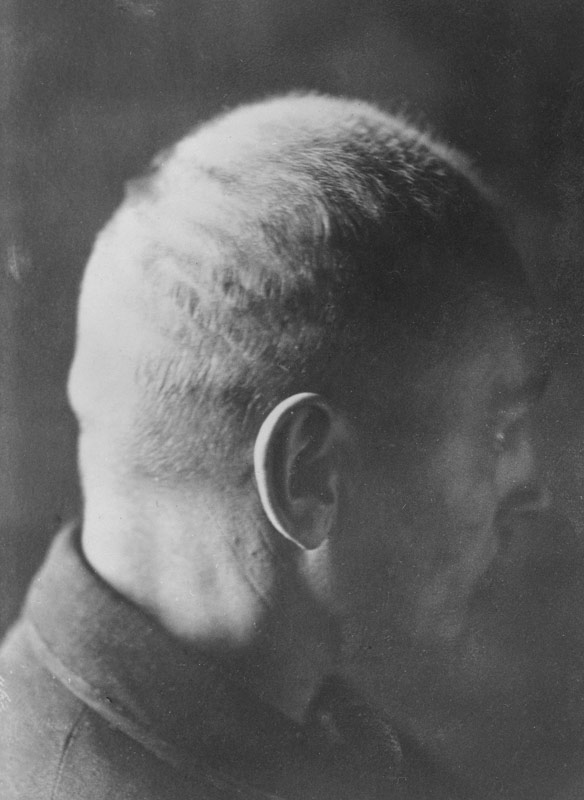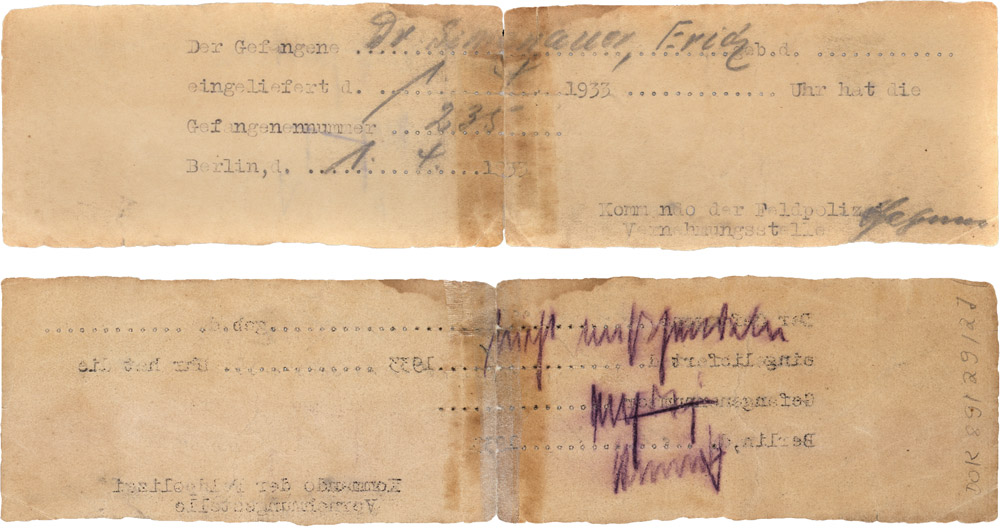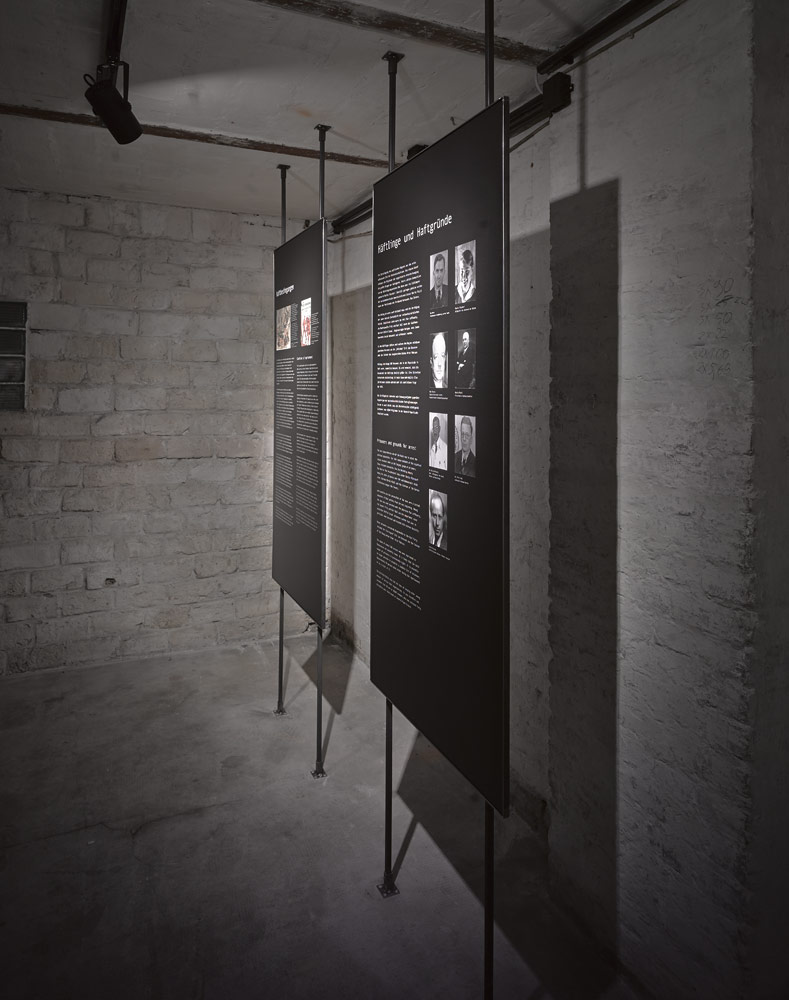Conditions of Imprisonment
Prisoners were constantly in fear of violence or torture. They were beaten with blackjacks or leather whips like the sjambok. Other torture methods included standing at attention for hours, mock executions, rape, tearing out of hair, burning of the soles of the feet, hour-long confinement in a nailed-up coffin or injection of acid into the urethra.
Drill calls to the point of exhaustion and forced labour determined the daily routine of the prisoners. They had to do the cleaning and kitchen work as well as manual labour.
Brutal interrogations were a regular part of detention. They aimed to force prisoners to reveal the names of other opponents of the regime.
Insufficient hygienic and sanitary conditions increased the suffering of the prisoners. The supply of weak coffee, water that was often dirty, as well as bread or soup was inadequate and irregular.
The detention lasted between a few days and several weeks or months. Before being released prisoners normally had to sign a declaration requiring them to remain silent about their detention. They received a discharge paper which listed the location and duration of their detention.




